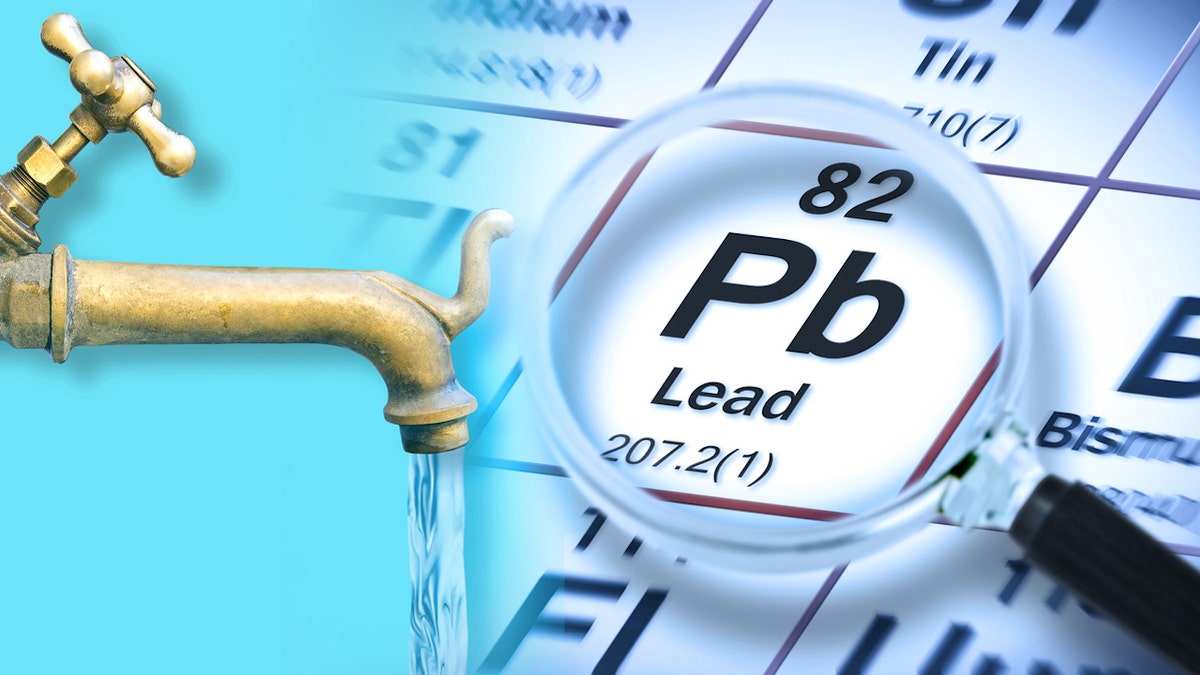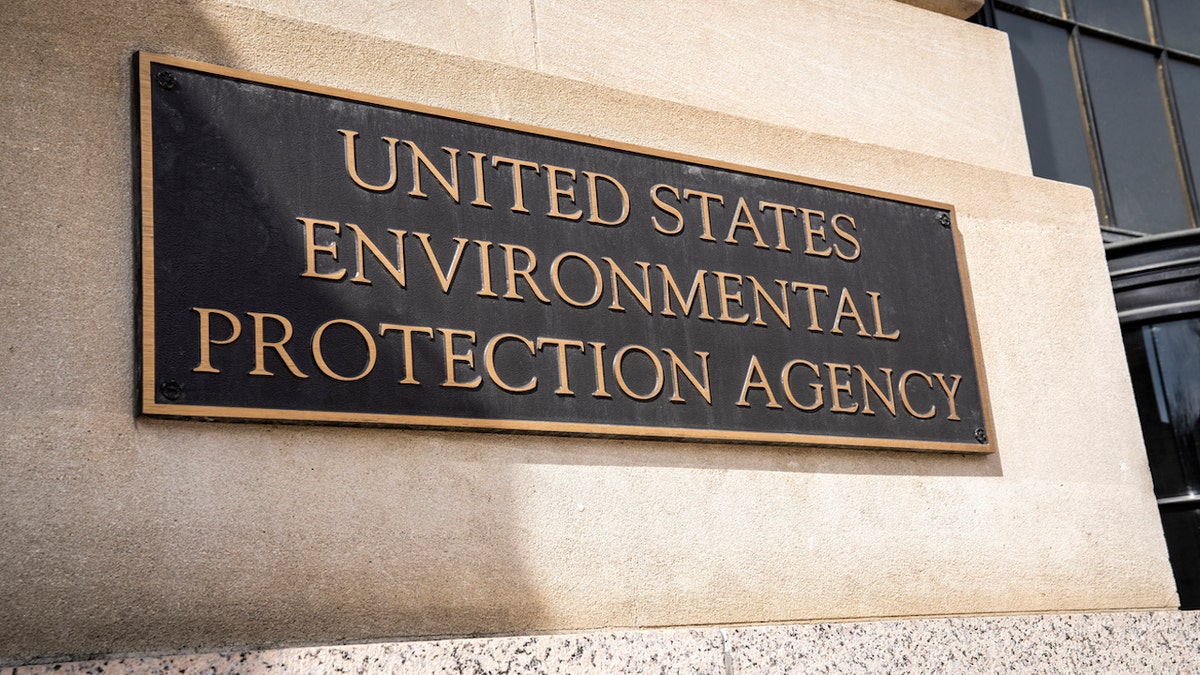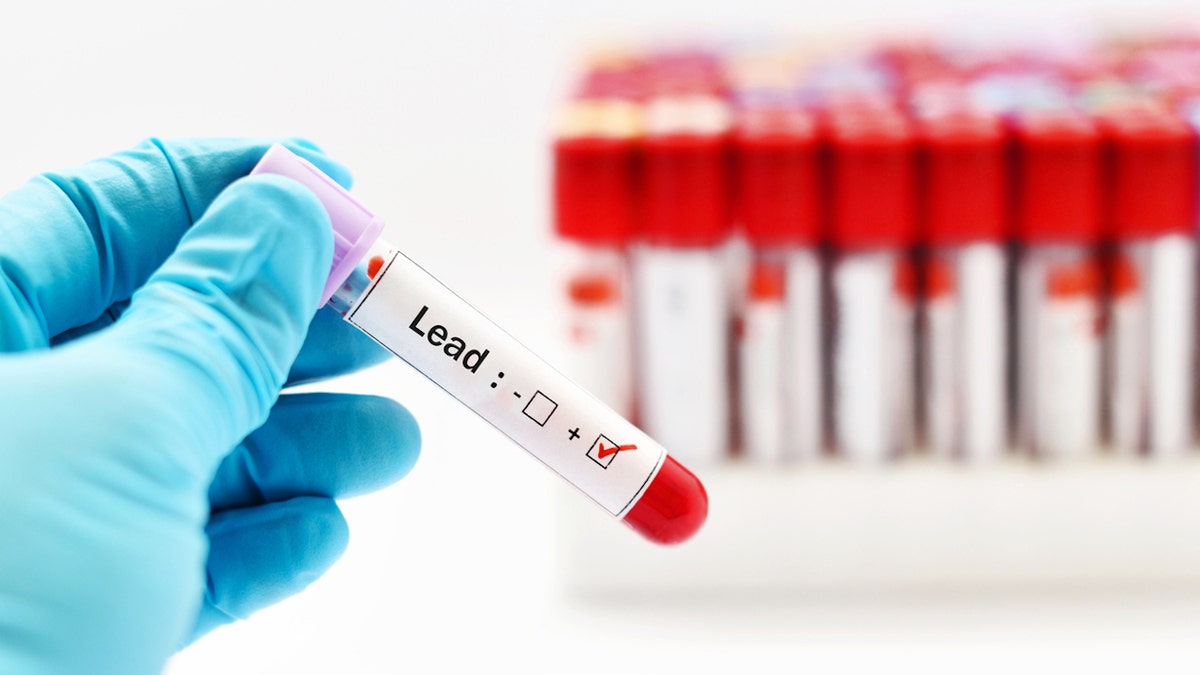WSJ reports telecom workers suffering effects of lead exposure
Fox News medical contributor Dr. Marc Siegel explains the dangers of lead exposure.
There are a total of 9.2 million lead pipes across the country, with an estimated 1.16 million of them located in Florida, according to a recent report from the Environmental Protection Agency (EPA).
These pipes potentially deliver contaminated drinking water to millions of households, the EPA said.
While the adverse health effects of lead exposure are well-known, many physicians aren’t aware of the link between heavy metal contaminants and cardiovascular issues.
That's the view of the American Heart Association, in a new statement published in its journal.
MOST US STATES FAILING TO PROTECT SCHOOLS' WATER FROM LEAD CONTAMINANTS, STUDY FINDS
AHA researchers investigated the impact of lead, cadmium and arsenic on the risk of heart disease and stroke.
They found that exposure to these metals raises the risk of dying from coronary heart disease, which is caused by a narrowing of the arteries that supply blood to the heart muscle.

The adverse health effects of lead exposure are well-known, but many physicians aren’t aware of the link between heavy metal contaminants and cardiovascular issues, the American Heart Association indicates. (iStock)
"Large population studies indicate that even low-level exposure to contaminant metals is near-universal and contributes to the burden of cardiovascular disease, especially heart attacks, stroke, disease of the arteries to the legs and premature death from cardiac causes," said Gervasio A. Lamas, M.D., chairman of medicine and chief of the Columbia University Division of Cardiology at Mount Sinai Medical Center in Miami Beach, Florida, in a statement to Fox News Digital.
"We need to do better to protect communities at risk," he also said.
TOXIC CHEMICAL POISONING: HAVE YOU BEEN AFFECTED? HOW TO KNOW
Some studies have estimated that up to 450,000 cardiovascular deaths per year could be related to lead, noted report co-author Ana Navas-Acien, M.D., PhD, professor of environmental health sciences at Columbia University in New York, in a video discussion with Lamas posted on AHA’s website.
Black, Hispanic and Asian populations, as well as individuals with lower socioeconomic means, have higher levels of exposure, the researchers found — a situation that Navas-Acien calls "environmental injustice."
Fox News Digital reached out to the Florida Department of Health for comment.
‘Daily dose’
People are most often exposed to toxic contaminant metals in the air they breathe, the water they drink and the food they eat, said Navas-Acien.
"Basically, we are getting a daily dose of a combination of these elements, and they do not really have a role in the human body," she said.

The primary sources of lead are leaded gasoline, lead paint and lead pipes. (iStock)
After these toxic metals are absorbed via the respiratory tract, they can impact multiple functions and pathways in the bodies, including increasing inflammation and oxidative stress, Navas-Acien explained.
"They remain in our body for decades … so there is plenty of opportunity for vascular damage," she said.
The primary sources of lead are leaded gasoline, lead paint and lead pipes, Lamas said.
"Lead is a silent killer that has no use in the human body."
"Currently, lead pipes remain important in thousands of communities," Lamas said.
"Lead cables are beneath many cities and leach lead into the soil and the water. We still use lead batteries and lead tire weights. Cigarette smoking is another source of lead," he also said.
Everyone carries some amount of lead in their bodies, he noted — some less, some more.
"Lead is a silent killer that has no use in the human body," Lamas said.
"It replaces essential substances in critical cellular reactions in the blood vessels and heart, and essentially acts as a poison."

Given the known health risks, the EPA has set the "maximum contaminant level goal" for lead in drinking water at zero. (iStock)
"As a consequence, for at least 30 years, we have known that patients with higher blood lead levels are more prone to hypertension, stroke, heart attacks, kidney disease, cognitive problems and death," he added.
Dr. Kelly Johnson-Arbor, a medical toxicology physician and interim executive director at the National Capital Poison Center in Washington, D.C., was not involved in the AHA research but agreed that environmental exposures are an often-overlooked risk factor for cardiovascular disease.
'FOREVER CHEMICALS' IN WATER AND PACKAGING CAN RISK HEALTH, EPA SAYS
"Several studies have demonstrated an association between lead exposure and heart disease in adults," she told Fox News Digital.
"In some studies, even low blood lead levels are linked to an increased risk of death from heart disease."
She also said, "Lead exposure can also increase inflammation and oxidative stress at the cellular level, which can also impact the development of heart disease."
Warning signs of lead exposure, toxicity
The effects of lead exposure can differ between children and adults.
In children, common warning signs include learning difficulties, developmental delays, loss of appetite, irritability, weight loss, fatigue, abdominal pain, constipation, vomiting and seizures, according to the Mayo Clinic website.
"Even low levels of lead exposure are associated with increased risks of heart disease in adults."
In adults, the signs and symptoms of lead exposure can be vague and may affect many organ systems in the body.
"High blood pressure, fatigue, anemia and abdominal pain are some signs and symptoms of lead exposure or lead toxicity in adults, but some people may not have any symptoms," said Johnson-Arbor.
Other potential red flags in adults include difficulties with concentration or memory, headache, mood disorders, and joint and muscle pain.

For those who live or work in areas where lead is present in the environment, Johnson-Arbor recommended getting routine blood testing to determine lead levels. To obtain testing, people can ask their primary care doctor or contact Poison Control. (iStock)
For those who live or work in areas where lead is present in the environment, Johnson-Arbor recommended getting routine blood testing to determine their lead levels.
"This is important because even low levels of lead exposure are associated with increased risks of heart disease in adults," she warned.
To obtain testing, people can ask their primary care doctor or contact Poison Control at www.poison.org or at 1-800-222-1222.
If lead poisoning is diagnosed, it is important to remove the affected individual from any ongoing sources of lead exposure, Johnson-Arbor noted.
"In severe cases of lead poisoning, chelation therapy can be prescribed to help excrete the lead from the body," she said.
"With these treatments, many of the signs and symptoms of lead poisoning can be reversed."

Chelation therapy involves weekly treatments of EDTA (ethylenediaminetetraacetic acid), which is administered through an IV. (iStock)
Chelation therapy involves weekly treatments of EDTA (ethylenediaminetetraacetic acid), which is administered through an IV, according to the Mayo Clinic’s website. EDTA is used to treat and manage heavy metal toxicity.
Preventing lead contamination
Given the known health risks, the EPA has set the "maximum contaminant level goal" for lead in drinking water at zero.
"Lead can be present in public water service lines or internal plumbing within a home, which makes it challenging to eliminate the source of lead exposure from the water supply," said Johnson-Arbor.
AI HEART SCAN AIMS TO CATCH BLOCKAGES YEARS BEFORE SYMPTOMS: ‘UNBELIEVABLE BREAKTHROUGH’
Because lead leaches into the water supply more easily at higher temperatures, using cold tap water can reduce the risk of lead exposure, she explained.
"If hot water is needed, obtain cold water from the tap and then heat it elsewhere," she recommended. "Running the faucet for one to two minutes before consuming the water can also help flush lead out."
Drinking bottled water is another way to reduce lead exposure from water service lines.

Using water filters can help remove lead from drinking water, said Lamas. (iStock)
Other strategies include using an air filtration system to prevent airborne pollutants from getting into the lungs, Lamas said, as well as using water filters that remove lead from drinking water.
The EPA’s website provides information on how to check residential water pipes for lead exposure.
CLICK HERE TO SIGN UP FOR OUR HEALTH NEWSLETTER
"People who live in high-risk areas should talk with their doctors about ways to reduce lead exposure," Johnson-Arbor said.
Physicians, however, face significant challenges in helping patients who suffer from heavy metals toxicity, the study researchers.

Some warning signs of toxic lead exposure include difficulties with concentration or memory, headache, mood disorders, and joint and muscle pain. (iStock)
"The truth is that trying to manage this requires public health measures, including exposure, monitoring and abatement, individual testing, and development of treatments for these accumulated metals," Lamas said.
The doctor is hopeful that new medications currently being tested will provide some benefit in the future.
"We need to do better to protect communities at risk."
On a larger scale, Johnson-Arbor said that aging water systems — in both public buildings and private residences — will need to be replaced to prevent additional corrosion or the leaching of lead.
To help address the problems in Florida, the EPA recently announced it will spend $376 million for drinking water upgrades in the state in 2023, with nearly $255 million of those funds allocated to replacing lead pipes.
CLICK HERE TO GET THE FOX NEWS APP
As Johnson-Arbor told Fox News Digital, "Increased public awareness of the dangers of chronic lead exposure in adults and children, as well as improved governmental regulations to improve the aging water service line infrastructure, should help reduce lead exposures from water."






















